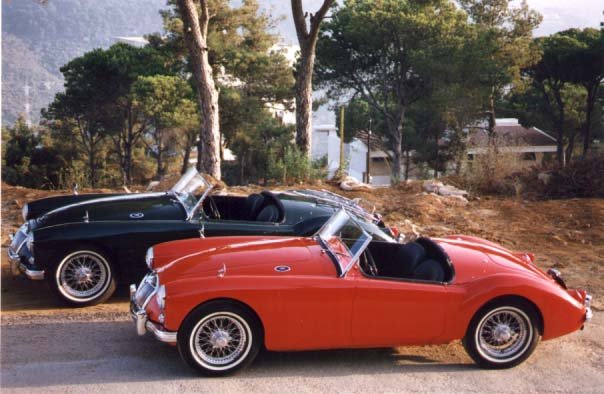It took 123 people,
donating 2,750 hours, over the course of 21 months, skipping 215 lunch breaks,
making 900 telephone calls, uttering “too many four-letter words to count,” and
going through three tubes of super glue to repair torn skin on their fingers,
but they got the job done.
The job? Taking a
classic 1969 Chevrolet Camaro SS, one of the coveted 396-cubic-inch “big block”
cars with a four-speed manual transmission, from “totaled” to totally ready to
return to the road.
The project was the
second restoration effort undertaken by employees of Traverse City-based Hagerty
Insurance, the world’s largest insurer of classic cars and wooden boats. Many of
the people who work for Hagerty are classic car experts with years of hands-on
experience at maintenance and restoration. But many others don’t bring such
experience to their jobs, so every year or two, the company finds a vehicle in
need to restoration, recruits employees willing to get down and dirty, and
rebuilds a car in the company’s garage.
“Everyone has heard
stories about the time and effort that go into a restoration, but it isn’t the
same as actually doing one,” said company president McKeel Hagerty. “What makes
the Camaro an interesting car story is that more than 100 people worked on
restoring it. Having been totaled, it was all but gone to the world. So for us
to take it on was a huge project.
“It took a long time
— hundreds and hundreds of hours — but restoring a car that had been in a major
collision was a great learning opportunity for us. It’s the business we’re in;
we pay claims like this all the time. But fixing one is an altogether different
thing.
“This has been a
learning experience for everybody, particularly those in the claims department.
How do you source parts? How do you fix body panels? What do you fix and what do
you replace?”
The reward for the
employees is at least threefold: They learn new skills — from welding to dent
repair, they experience what the company’s car-collecting clients go through on
a regular basis, and when the project is completed, the participating employees
get to borrow the keys from time to time, checking the car out of the company
garage for weddings, proms, family reunions, or just for a nice weekend road
trip.
First, however, the
car will be on a “comeback” tour. The tour began June 22 when two of those
Hagerty employees — Tabetha Salsbury-Hammer and Tricia Felski — serve as driver
and navigator, respectively, as the ’69 SS competes in The Great Race, a highly
competitive classic car rally that this year travels along the banks of the
Mississippi River from the Twin Cities of Minnesota to Alabama and the shores of
Mobile Bay on the Gulf Coast.
The car will be at a
classic car show in Wisconsin in mid-July, then will be on display July 28 at
the Concours of America at St. Johns in Plymouth. In early August it goes to
Toronto for the Hagerty Driving Experience, a program designed to teach young
drivers how to manipulate manual transmissions. The car will participate in the
Woodward Dream Cruise in mid-August, and the official comeback tour ends in
October at the big annual autumn classic car gathering at Hershey, Pa.
The Camaro had been a
California car and therefore rust-free, but had been totaled in a massive
front-end collision. What the folks at Hagerty didn’t know, however, was that
the car had been involved in three collisions, and that even the repairs that
had been made were in need of repair, which contributed to “97 unforeseen costs”
— and to many of those 900 telephone calls made to find parts for the
restoration project — according to the
www.hagerty.com/camaroproject.
All the work on the
car’s restoration was done by Hagerty employees, with two exceptions. The orange
paint and the application of the vinyl top were done by outside specialists.
But everything else
was done in house, and the car was returned to its original specifications —
with one exception: A second speaker was added to the factory audio system.
The “Comeback
Camaro,” as the car is called, was the second such restoration project by
Hagerty employees. They’d redone a 1930 Ford Model A. A third project is about
to begin: Hagerty has obtained a 1951 Buick convertible that needs restoration,
but that one may wait a while because what the employees really want to do is to
find and resurrect an original Ford Mustang in conjunction with that car’s
silver anniversary.
photo credit: © 2013 Hagerty Insurance - Traverse City, Michigan
text credit: © 2013 Larry Edsal via © 2013 The Detroit News





































